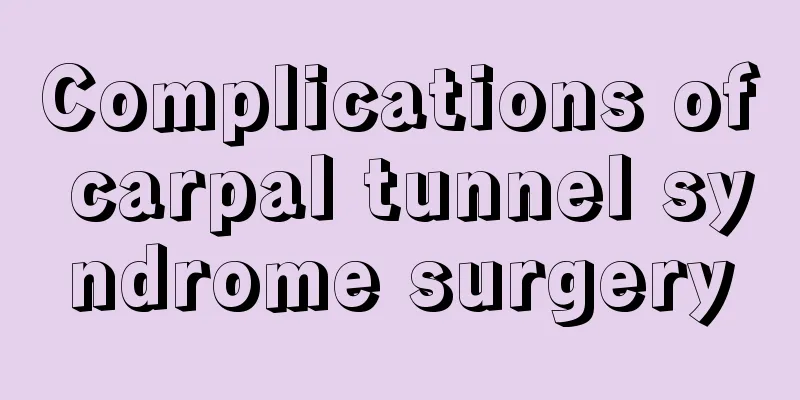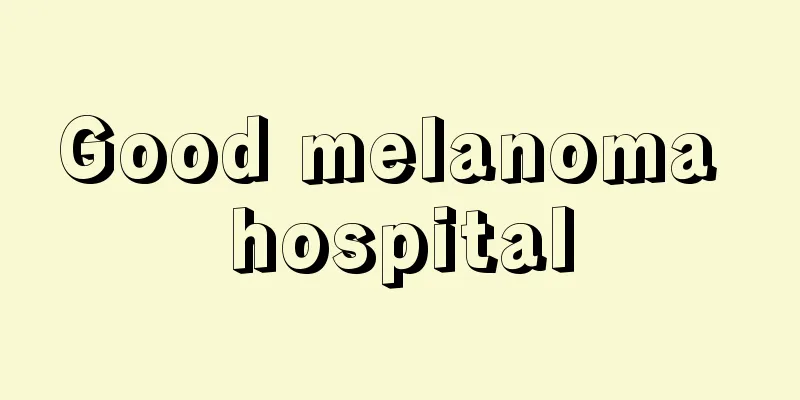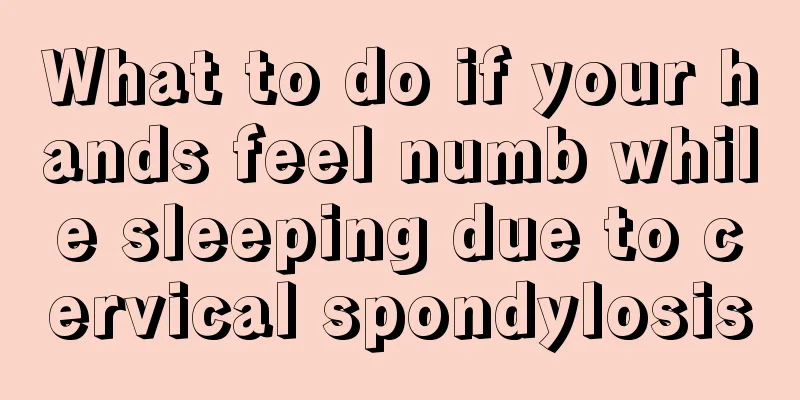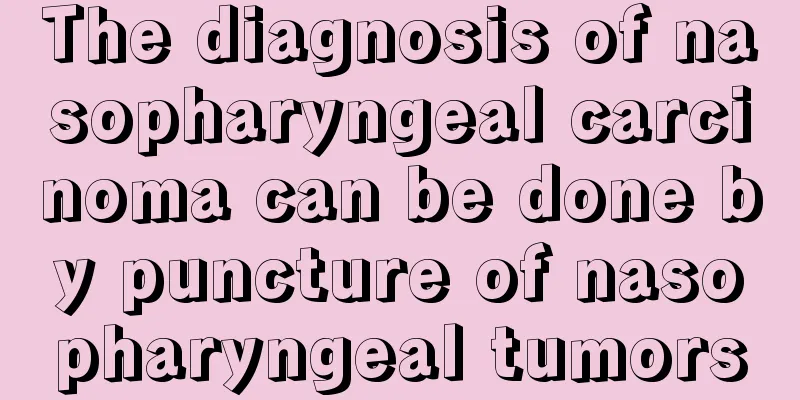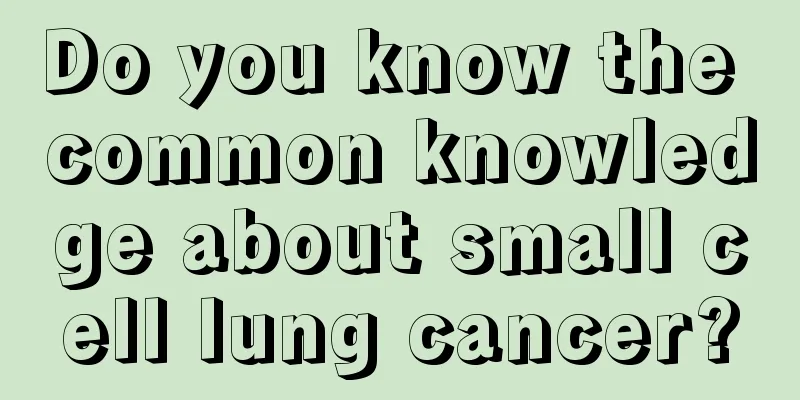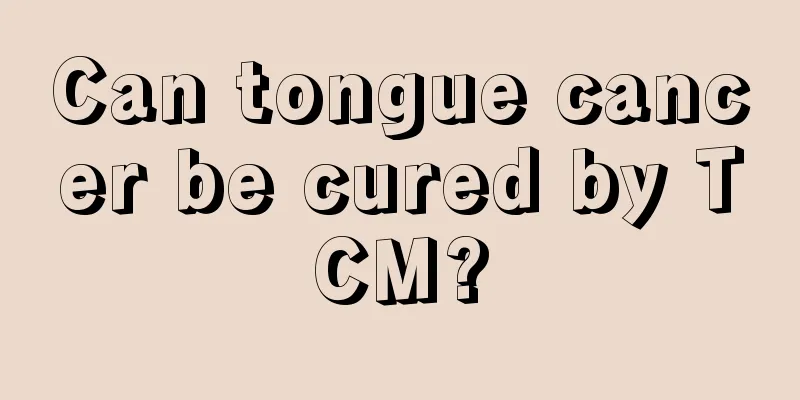What is lumbar disc herniation? Pay attention to these symptoms
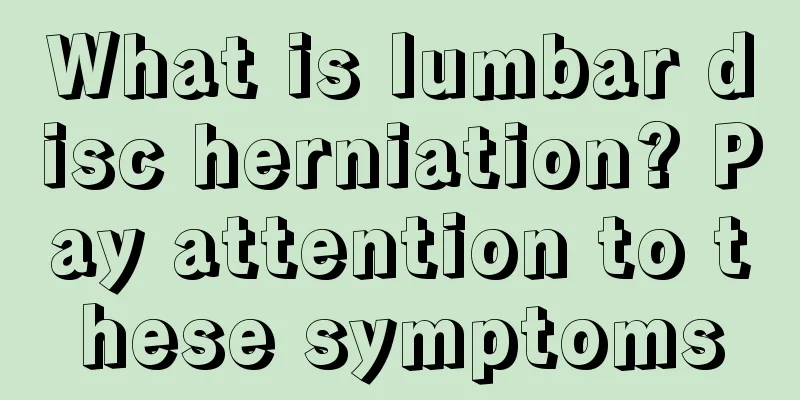
|
In the past, patients suffering from lumbar disc herniation were generally older, but now more and more young people are suffering from lumbar disc herniation. The lower back pain is obvious, and there is also radiating pain in the lower limbs. Appropriate treatment methods are needed. 1. Limited lumbar movement: The flexion and extension movement of the lumbar spine in patients with lumbar disc herniation is closely related to the degree of disc herniation. If the annulus fibrosus is not completely ruptured, the lumbar spine will be in a flexed position with limited extension. 2. Numbness: Some patients with lumbar disc herniation do not experience pain in the lower limbs, but only numbness in the limbs. This is mostly caused by the intervertebral disc tissue compressing the proprioceptive and tactile fibers of the nerves. The reason for the disturbance of sensation on the outer side of the thigh is mostly due to bulging of the annulus fibrosus or joint degeneration, not due to protrusion of the intervertebral disc. 3. Low back pain: Low back pain is the first symptom that occurs in most patients with this disease, with an incidence rate of about 91%. A small number of patients only have leg pain but no back pain, so not every patient will experience back pain. Some patients first experience low back pain, then leg pain after a period of time. At the same time, the low back pain subsides or disappears on its own, and they only complain of leg pain when they come to the doctor. 4. Radiating pain in the lower limbs: Low back and leg pain is prone to occur after trauma, fatigue and cold, each lasting about 2 to 3 weeks and can gradually ease. Any factors that increase abdominal pressure, such as coughing, straining during bowel movements, laughing, sneezing, lifting heavy objects, chronic coughing, etc., can easily induce low back and leg pain, or aggravate existing low back and leg pain. 4. Scoliosis: This is a postural deformation adopted by patients with lumbar disc herniation to relieve pain. The main symptom is that the lumbar vertebrae bend to the left or right. Touching the spinous process in the middle of the back can reveal that the spinous process is crooked. However, this is not a specific sign of lumbar disc herniation. About 50% of normal people also have crooked spinous processes. |
<<: Lumbar disc herniation compresses nerves, early treatment reduces harm
>>: Treatment methods for lumbar fractures, treatment and care are the most important
Recommend
What are anal glands? The function of anal glands
Nowadays, many families have started to keep dogs...
What is the purpose of checking secretions in late pregnancy?
When a woman is in the late stage of pregnancy, v...
Is there any harm in eating more crabs?
Crabs are rich in protein, calcium, and nutrients...
Antithrombin is high
Antithrombin is a relatively important substance ...
Can I wash off immediately after making love
For many women, vaginal hygiene is very important...
Is maxillofacial neurofibroma serious? Detailed description of maxillofacial neurofibroma symptoms
Maxillofacial neurofibroma is a type of multiple ...
What are the main components of scale
The main components of scale are calcium carbonat...
What should I eat after double eyelid surgery?
Among modern cosmetic plastic surgeries, double e...
What are the causes of chronic discoid lupus erythematosus
Discoid lupus erythematosus is also a type of lup...
Electric oven baked fish
There are many ways to cook fish, and one of the ...
What to do with oil stains on clothes
Children's clothes always get dirty easily an...
What are the benefits of taking a rose bath
We often see on TV dramas a beautiful woman lying...
How long can a child live with brain cancer
Brain tumors can occur in people of any age, and ...
How to prevent bone cancer in children
Bone cancer is a type of cancer. Needless to say,...
Is it better to have more or less pubic hair?
In life, whether it is men or women, there will b...
